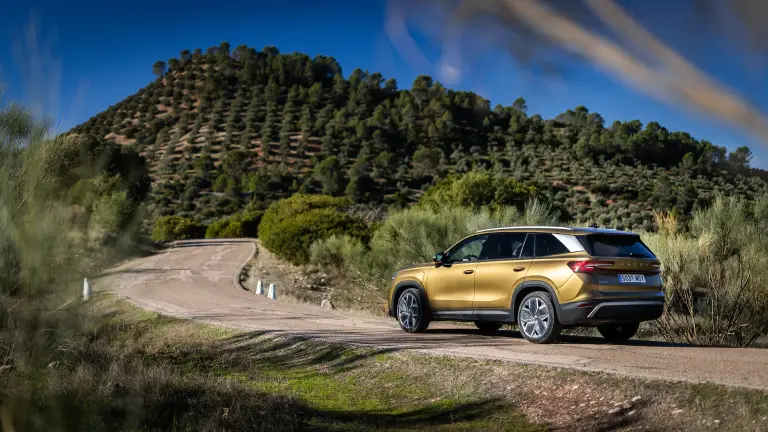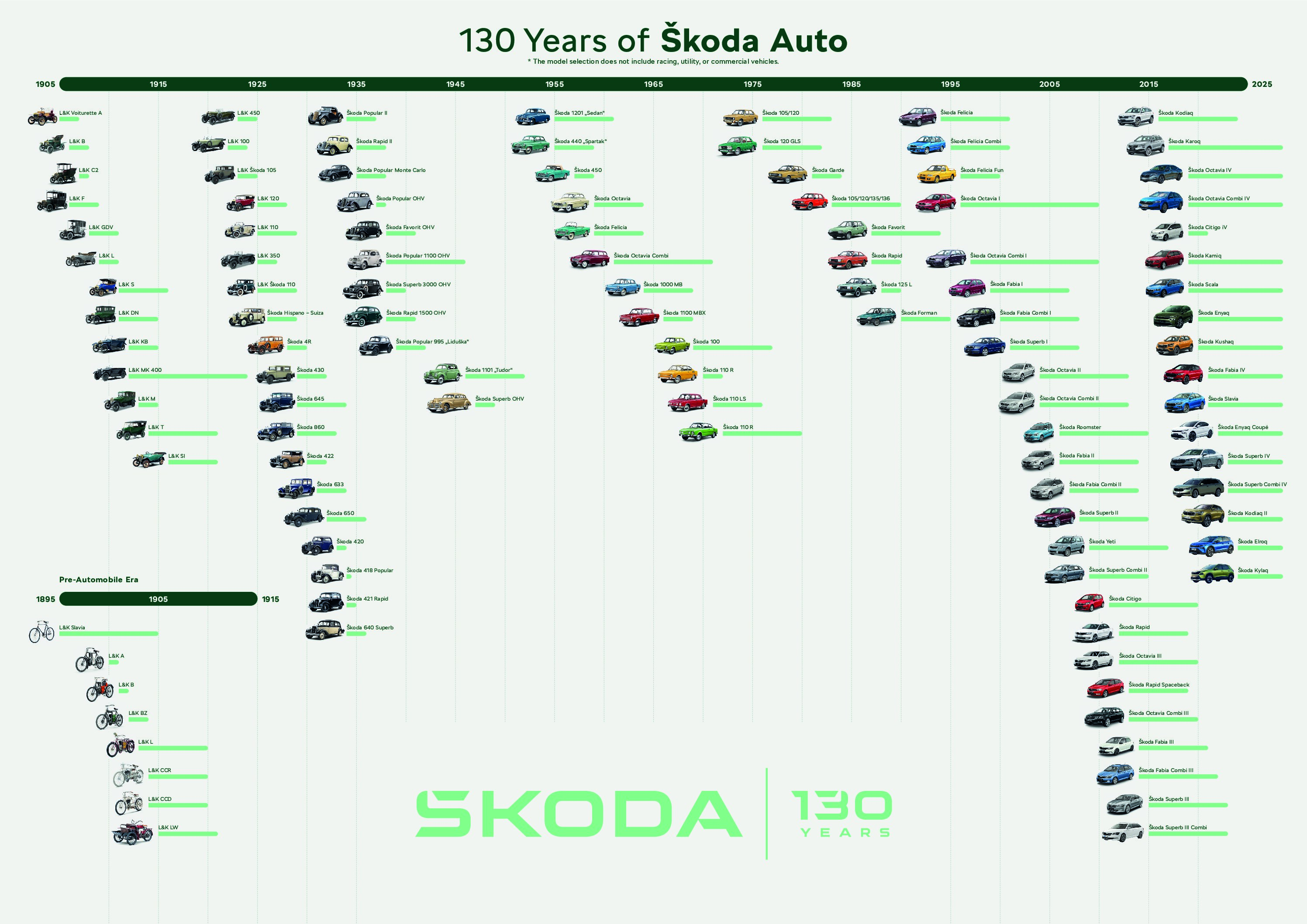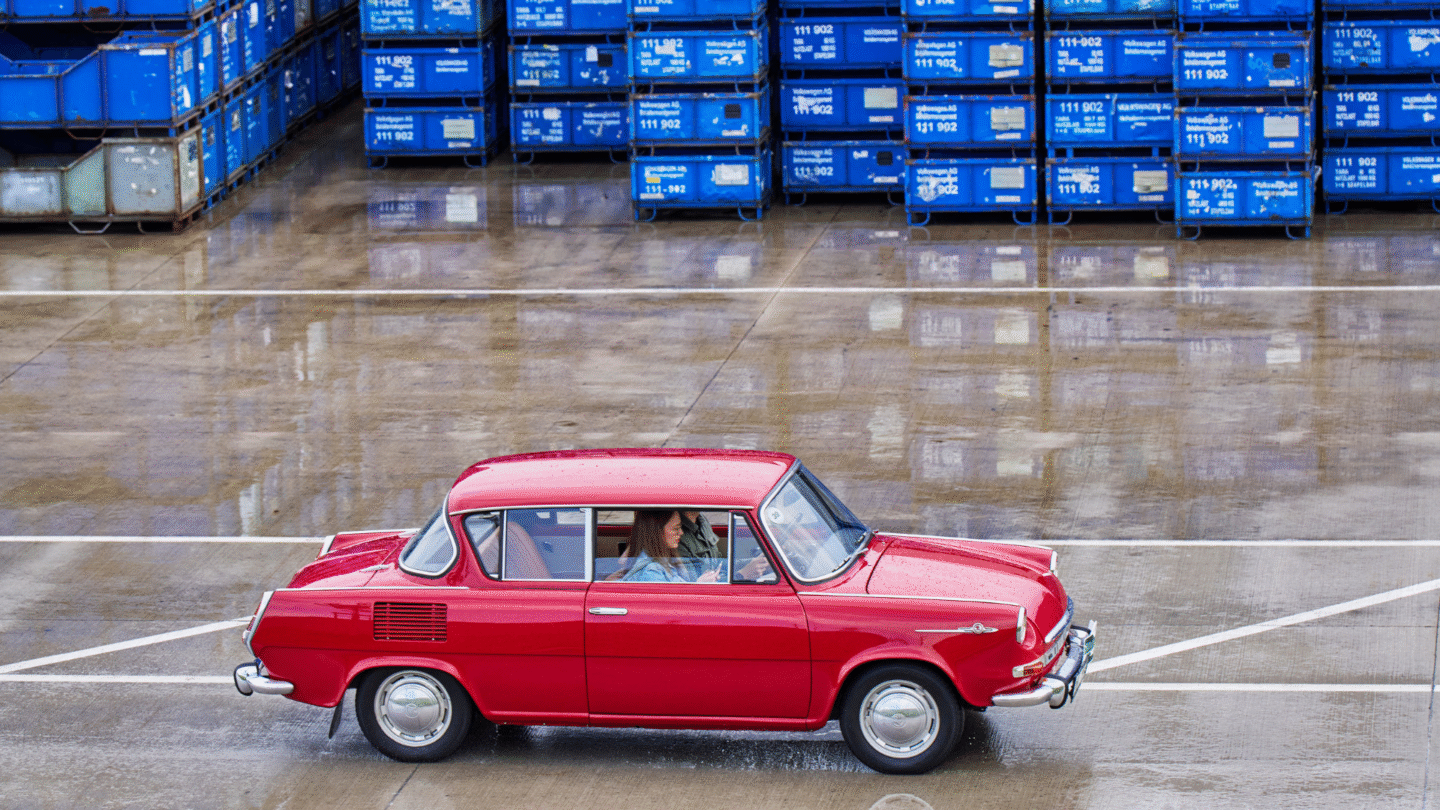Škoda Celebrates 130 Years
The story began on two wheels. In 1895, Laurin and Klement launched the production of Slavia bicycles, which achieved success both at home and abroad. Four years later, engineer Václav Laurin innovatively integrated an auxiliary combustion engine into the bicycle frame—creating the so-called motocyclette, an early form of a motorized two-wheeler. From there, it was only a short step to the automobile. The first car, named the Voiturette A, was unveiled in 1905.
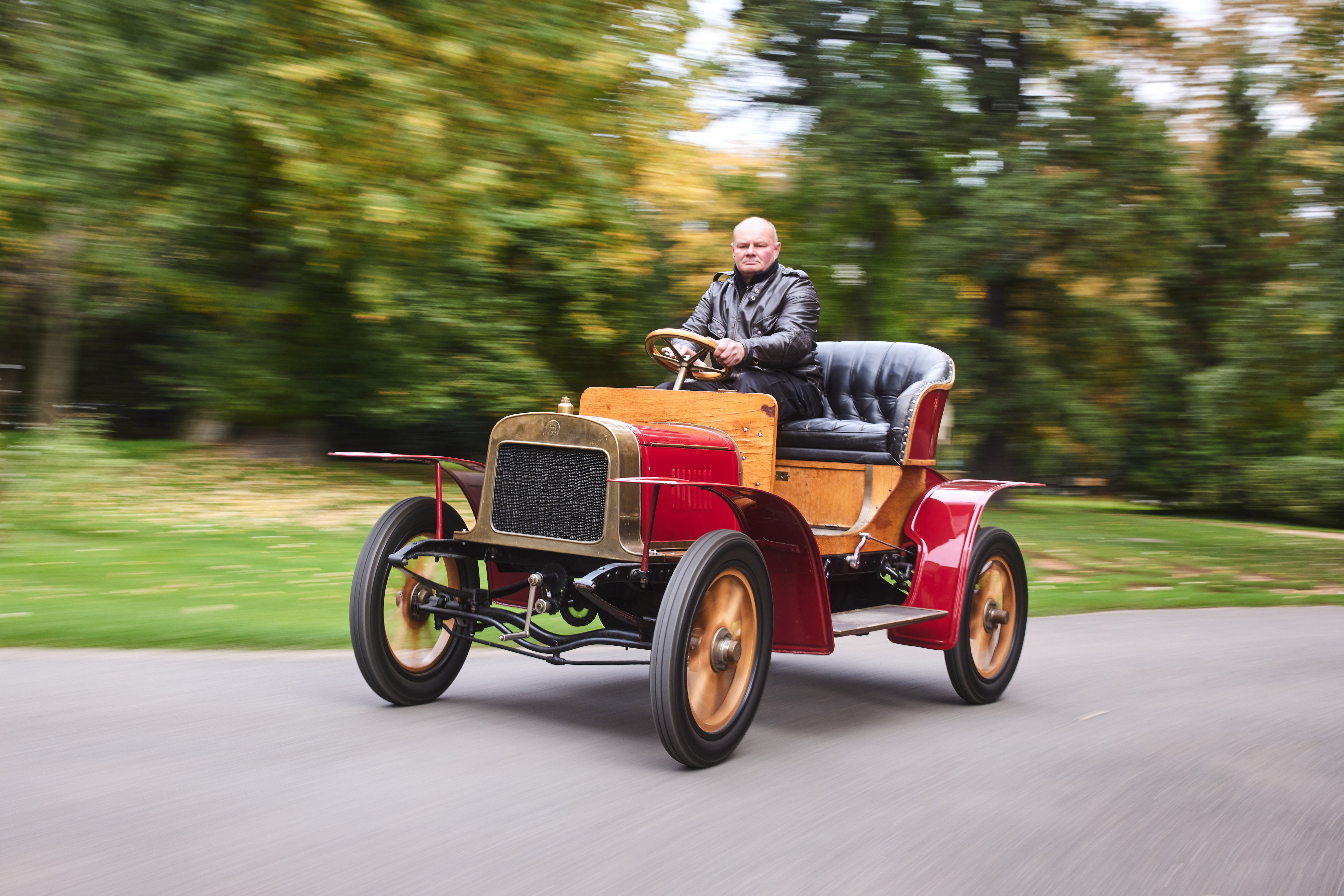 The Voiturette A was the first car produced by Laurin & Klement.
The Voiturette A was the first car produced by Laurin & Klement.
In 1925, the Laurin & Klement brand merged with the Škoda Works in Plzeň. Until 1929, vehicles carried the logos of both companies; afterward, only the now iconic winged arrow adorned the hoods. The 1930s completed the company’s model portfolio—customers could choose from the Popular, Rapid and Superb lines, ensuring that every driver found the right fit.
After the Second World War, the Mladá Boleslav plant resumed car production, yet output was governed by state economic planning. Despite nationalization, the company continued exporting to Western markets, where models such as the 1200 Sedan, 440 Spartak and Octavia enjoyed success. In 1959, the Felicia roadster—today a design icon—was introduced and quickly became one of the brand’s most celebrated vehicles.
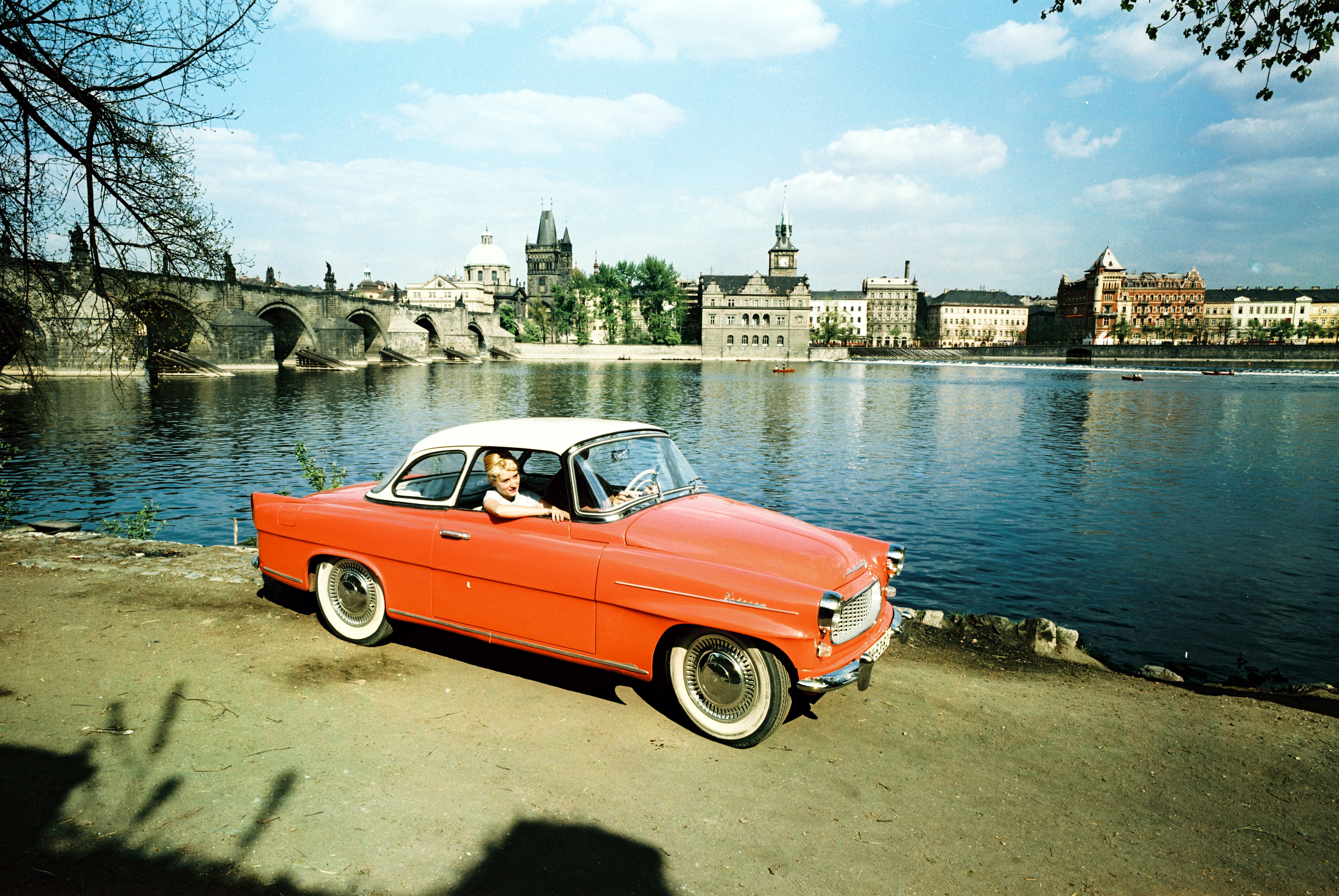 The Felicia Roadster was based on the Octavia model and was produced between 1959 and 1964.
The Felicia Roadster was based on the Octavia model and was produced between 1959 and 1964.
The First Millions
On 29 August 1973, the one-millionth Škoda car with a rear-mounted engine rolled off the production line. The milestone vehicle was a Škoda 110 LS (the red car in the photograph). The era of the new vehicle concept began in 1964 with the legendary Škoda 1000 MB. The model family 100/110 itself later reached one million units produced, including the sporty 110 R variant, which contributed 57,085 units to a total of 1,136,793.
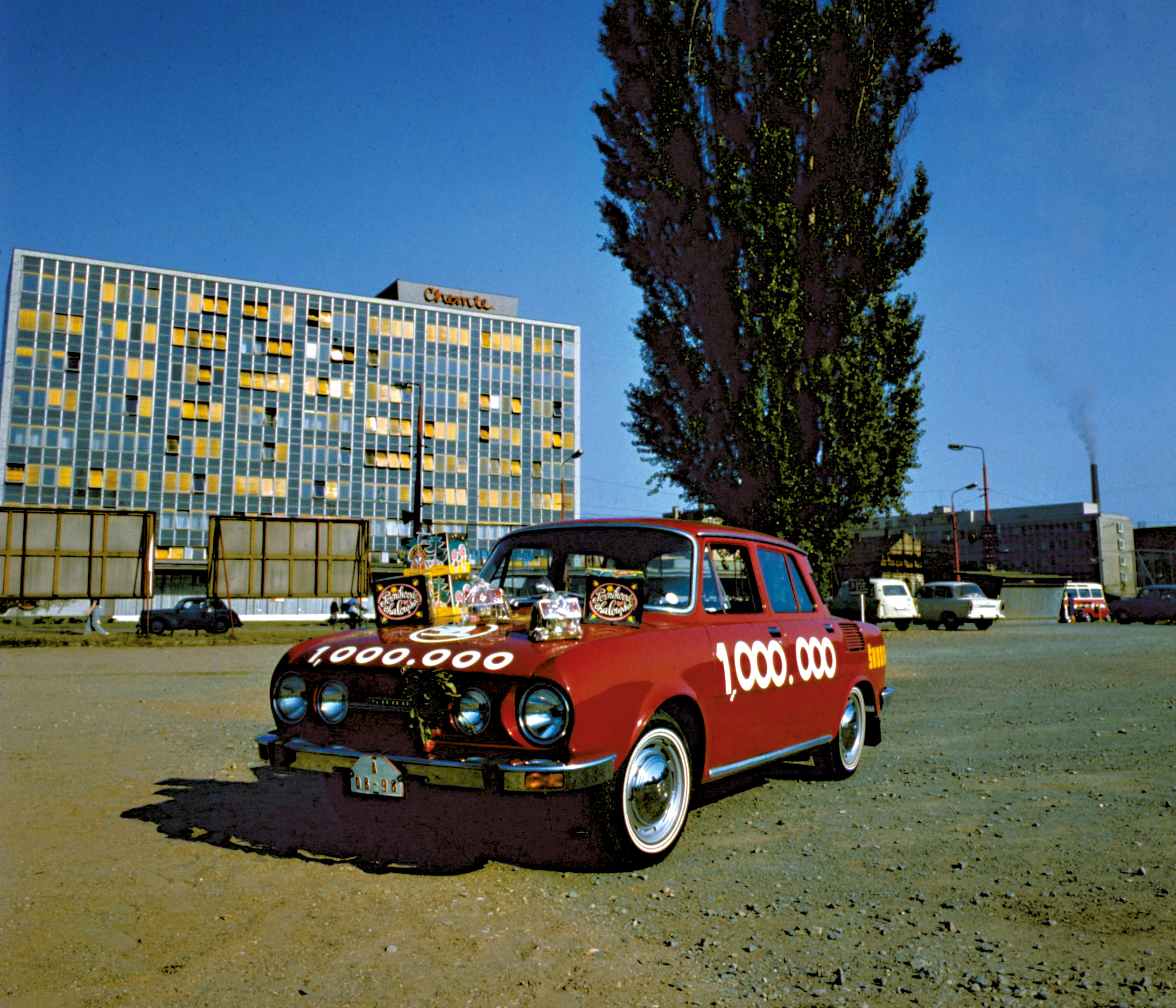 The millionth rear-engine car rolled off the production line in 1973, painted red.
The millionth rear-engine car rolled off the production line in 1973, painted red.
Favorit, Volkswagen, SUVs
In 1987, Škoda entered a new era when the all-new Favorit model left the Mladá Boleslav factory, ending the period of cars with rear-mounted engines. Its body was designed by Italian stylist Nuccio Bertone. After the fall of the communist regime in 1989, Škoda sought a strong strategic partner. In 1991, another major merger took place, and Škoda became the fourth car manufacturer of the Volkswagen Group alongside VW, Audi and SEAT.
The first jointly developed model was Felicia. In 1996, Škoda celebrated the production of its millionth vehicle since joining VW, and the Octavia—today the brand’s best-selling model—was introduced. More than 1.4 million units of the first generation (1996–2010) were sold. At that time, however, Octavia was just getting started; the model line has now reached 7.7 million units produced.
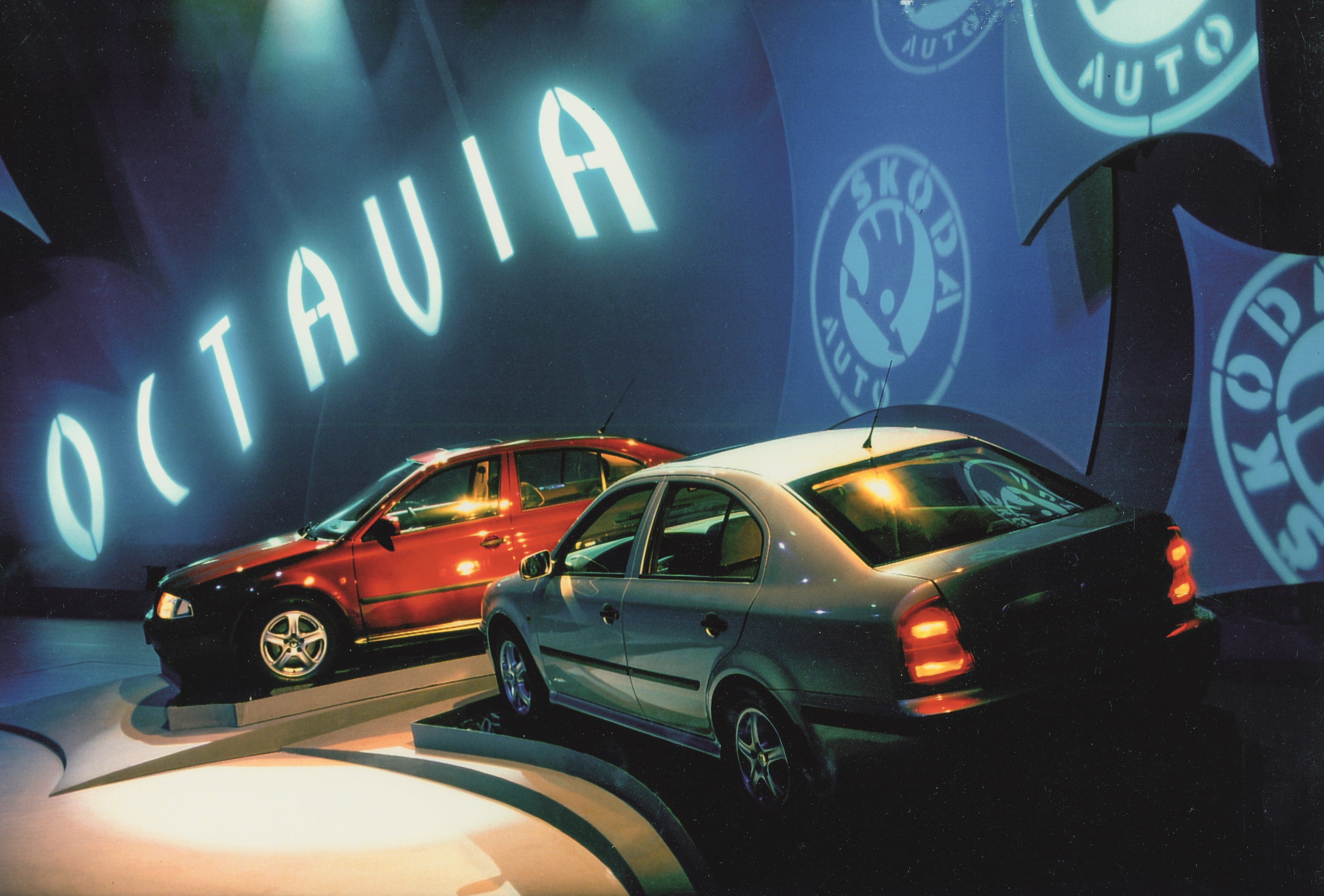 The Škoda Octavia has been in production since September 3, 1996.
The Škoda Octavia has been in production since September 3, 1996.
Another such evergreen in the lineup is the Škoda Fabia. Introduced in 1999 as the successor to the Felicia, it reached 100,000 units produced after only eleven months. It passed the one-million mark in 2004, and this year, with the Fabia now in its fourth generation, the five-millionth vehicle in the model line rolled of the production line.
In 2009, Škoda entered the SUV segment with the Yeti. Nine years later, it celebrated its first million SUVs produced; by 2025, the total number of Škoda SUVs had reached four million. The year 2012 marked another milestone: 14 million vehicles produced, nine million of which were made after the merger with Volkswagen Group. At the beginning of 2025, production had already exceeded 27 million vehicles.
Following the CITIGOe iV, Škoda entered the era of modern electric vehicles on the MEB platform in 2020 with the Enyaq. More than 340,000 units have been produced across both body styles (SUV and Coupé).
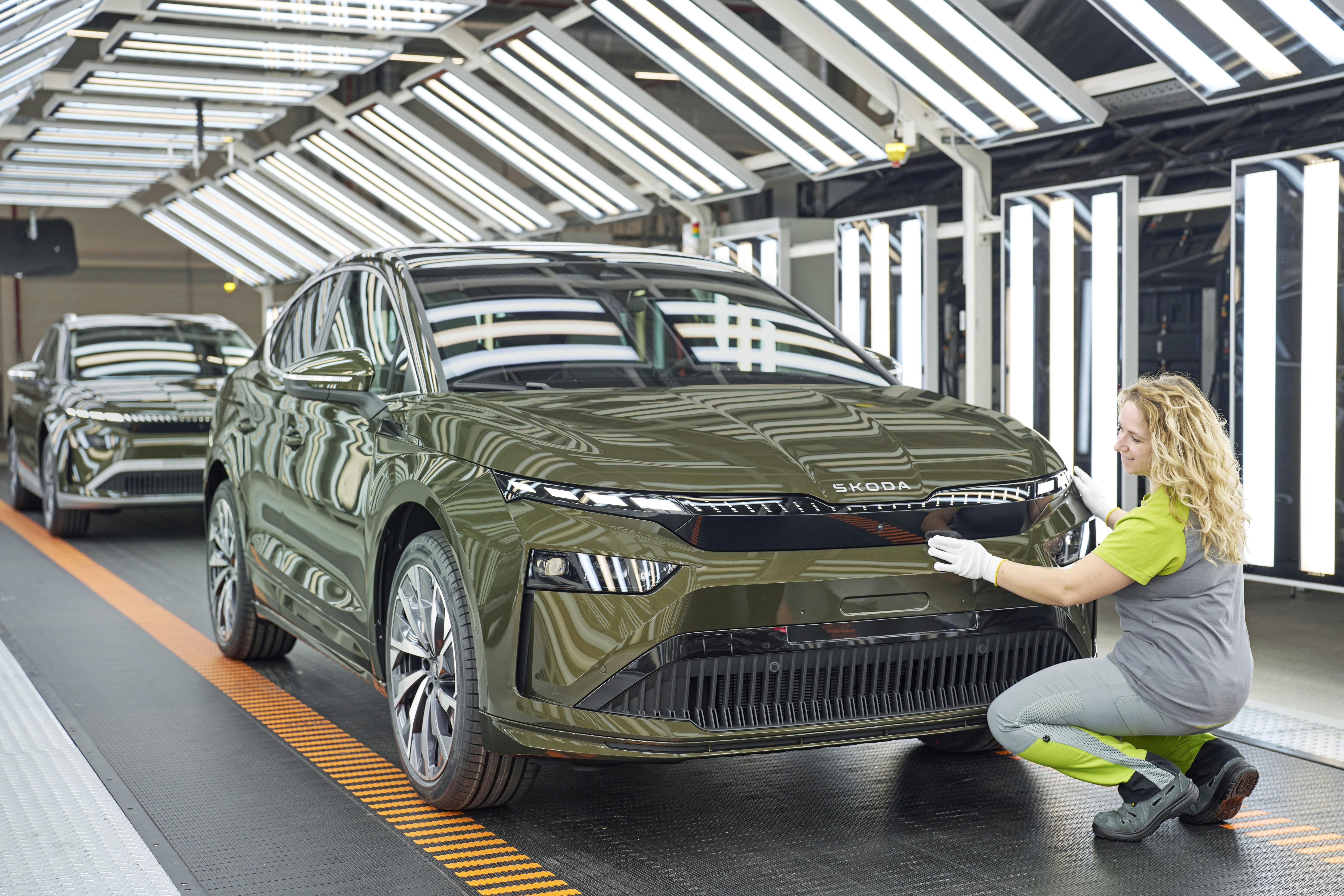 The Škoda Enyaq is manufactured at Škoda Auto's main production plant in Mladá Boleslav.
The Škoda Enyaq is manufactured at Škoda Auto's main production plant in Mladá Boleslav.
More interesting facts and figures from Škoda Auto’s history
● 4,000,000 SUVs produced (as of September 2025)
● 6,000,000 seven-speed DSG transmissions produced (Vrchlabí, February 2025)
● 1,000,000 vehicles produced in a single calendar year (first achieved in 2014)
● 15,000,000 engines produced in total (2024)
● Since 1996, more units of the modern Octavia have been sold than the total number of Škoda vehicles produced between 1905 and 1991 (5 million)
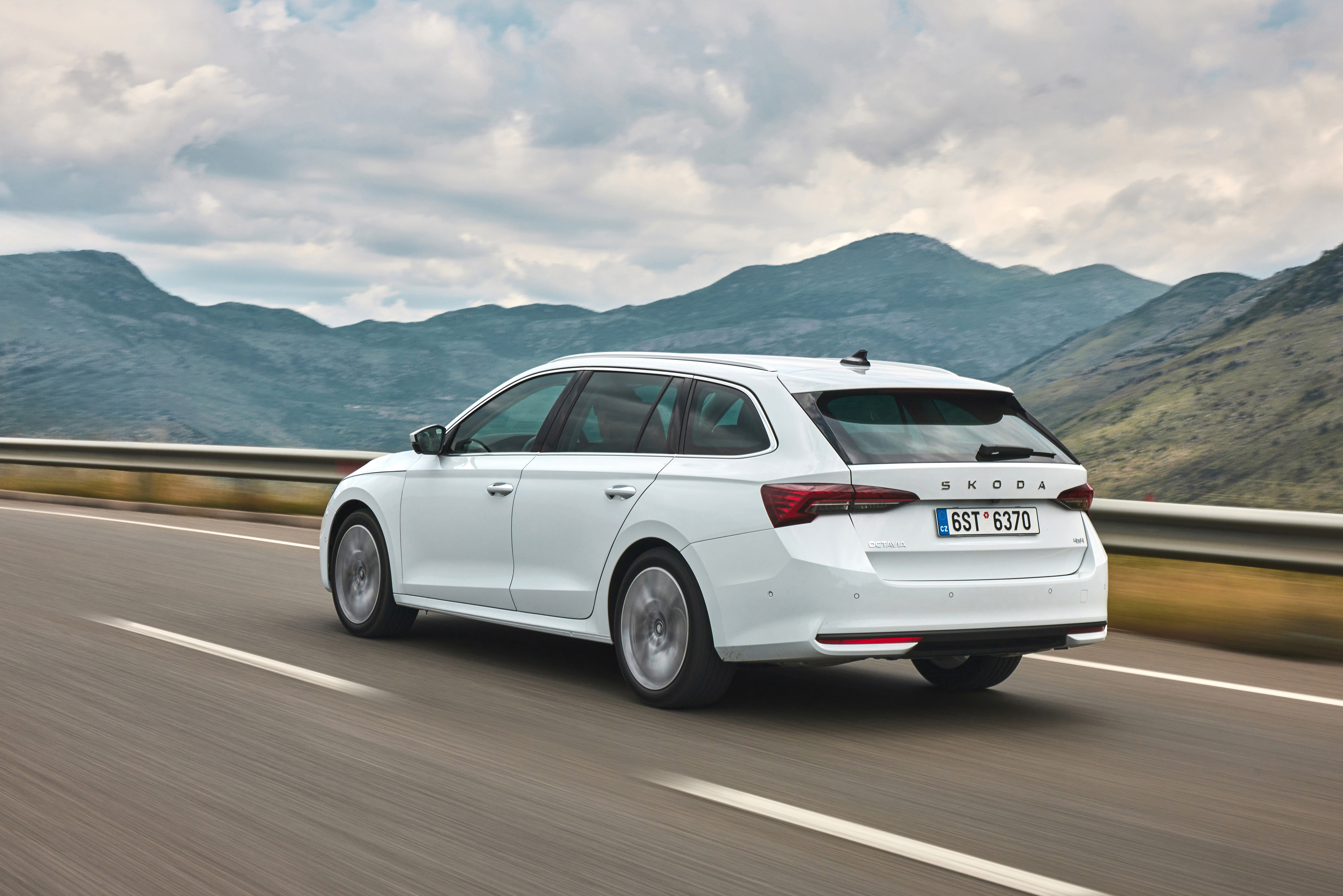
In our graphic overview, you can explore the models that reached higher production volumes. To learn more about those that were not so fortunate, visit our previous series.
